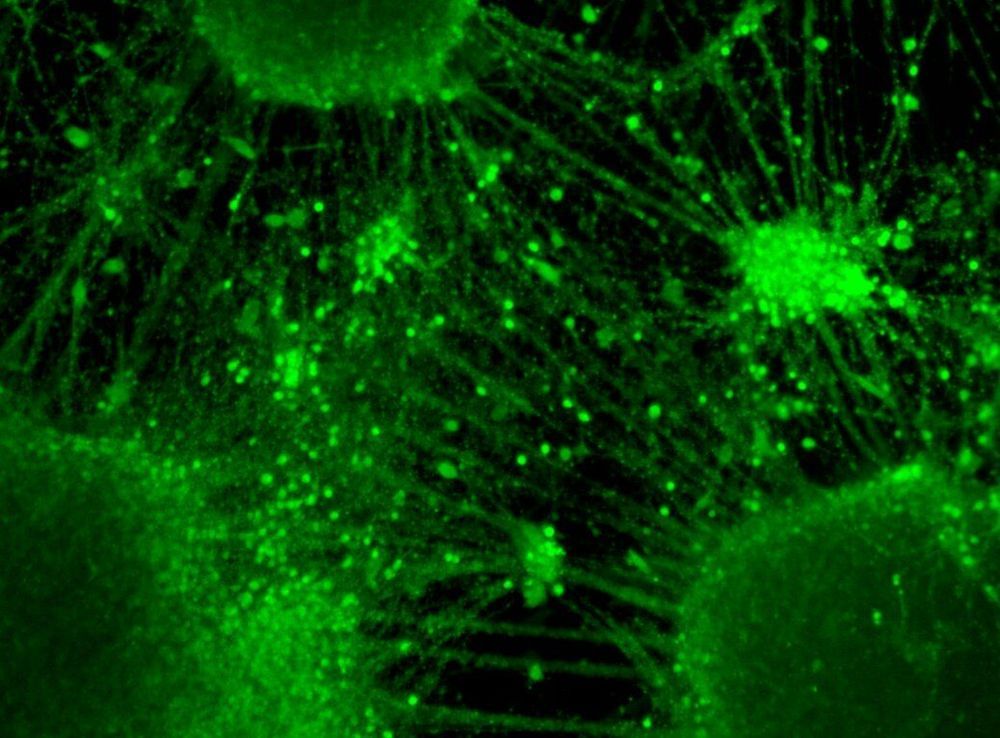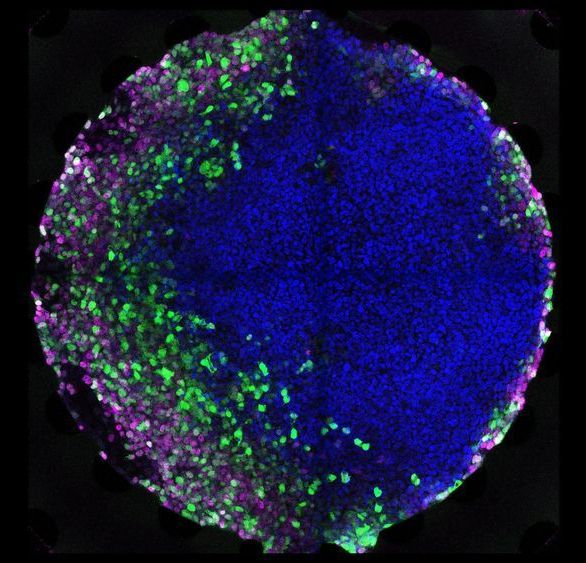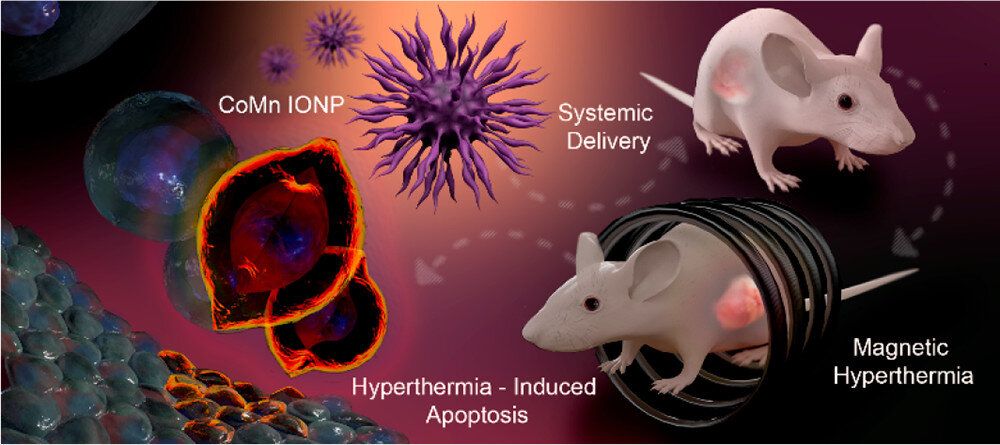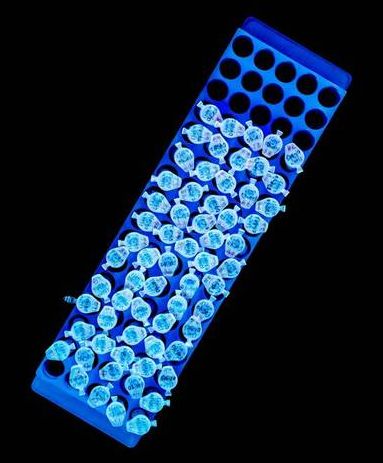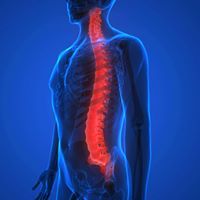The introduction of the $69.95 monitor is a prime example of how Apple is increasingly breaking into the health space by making the iPhone and Apple Watch a key hub for people’s personal health.
Cerebral organoids are artificially grown, 3D tissue cultures that resemble the human brain. Now, researchers from Japan report functional neural networks derived from these organoids in a study publishing June 27 in the journal Stem Cell Reports. Although the organoids aren’t actually “thinking,” the researchers’ new tool—which detects neural activity using organoids—could provide a method for understanding human brain function.
“Because they can mimic cerebral development, cerebral organoids can be used as a substitute for the human brain to study complex developmental and neurological disorders,” says corresponding author Jun Takahashi, a professor at Kyoto University.
However, these studies are challenging, because current cerebral organoids lack desirable supporting structures, such as blood vessels and surrounding tissues, Takahashi says. Since researchers have a limited ability to assess the organoids’ neural activities, it has also been difficult to comprehensively evaluate the function of neuronal networks.
It’s no surprise that using human embryos for biological and medical research comes with many ethical concerns. Correct though it is to proceed with caution in these matters, the fact is that much science would benefit from being able to study human biology more accurately.
University of Manchester and University of North Texas scientists are the first to show that an embryonic living heart can be programmed to survive the effects of a low oxygen environment in later life.
Researchers at Oregon State University have developed an improved technique for using magnetic nanoclusters to kill hard-to-reach tumors.
Heart Failure and Ribose Magazine
Posted in futurism
Supplementing with D-ribose reduces symptoms of heart failure by improving cardiac function. A multi-pronged approach to managing heart failure is described.
There are certain enzymes — proteins — plaques that help cause Alzheimer’s, just recently in fact {which I as most could have told them} the gut microbes and mouth microbes are found to assist in Dementia and Alzheimers. But I and Hippocrates as others have been declaring that fact for quite some time… Respect AEWR wherein the amazing gathered data of mankind has yielded the many causes and a cure for aging…
For decades, research into Alzheimer’s has made slow progress, but now a mother and daughter team think they have finally found a solution – a vaccine that could inoculate potential sufferers.
Circa 2017
The deep learning tool can identify all the small mutations that make you unique, more accurately than every existing method.
Researchers at MIT have developed a system for converting the molecular structures of proteins, the basic building blocks of all living beings, into audible sound that resembles musical passages. Then, reversing the process, they can introduce some variations into the music and convert it back into new proteins never before seen in nature. Credit: Zhao Qin and Francisco Martin-Martinez.
Want to create a brand new type of protein that might have useful properties? No problem. Just hum a few bars.
In a surprising marriage of science and art, researchers at MIT have developed a system for converting the molecular structures of proteins, the basic building blocks of all living beings, into audible sound that resembles musical passages. Then, reversing the process, they can introduce some variations into the music and convert it back into new proteins never before seen in nature.
Although it’s not quite as simple as humming a new protein into existence, the new system comes close. It provides a systematic way of translating a protein’s sequence of amino acids into a musical sequence, using the physical properties of the molecules to determine the sounds. Although the sounds are transposed in order to bring them within the audible range for humans, the tones and their relationships are based on the actual vibrational frequencies of each amino acid molecule itself, computed using theories from quantum chemistry.

